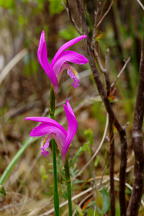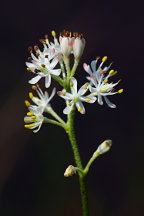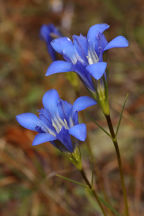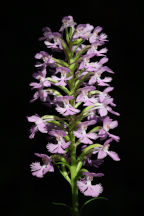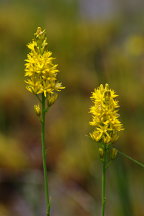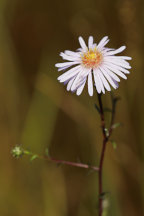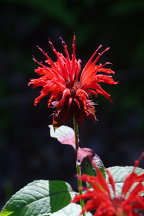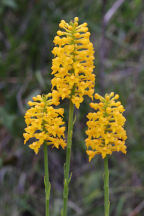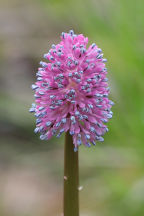A Photographic Guide to Wildflowers in New Jersey |
||
|
|
When I got a digital camera in 2004, I had the intention of getting out a little more to do some hiking and to take some nice, artistic photos while I was out. I didn't know what I was going to shoot, but I figured it would be some sort of combination of landscapes, wildlife, and maybe a few flowers. I quickly learned that not all things that look interesting make for a good picture. I also learned that it's nearly impossible to shoot a good landscape photograph of a forest from inside the forest. The next spring arrived, and as soon as it was warm enough I hit the trail. To my dismay, the only interesting things I could find to shoot were a couple tiny little flowers barely inches off the ground. But I was so desperate to shoot anything after a long winter, as it turned out that winter was another thing that was hard to get good pictures of. During those first few hikes in the spring of 2005, I came to several realizations. The first was that while I thought that I knew a lot about local wildflowers, it turned out that there were many more plants growing in my neck of the woods than I ever thought possible. I had never seen, or perhaps more accurately never noticed them in my first quarter-century of life. I found that fact a bit embarrassing, and set out to identify those mystery plants. I eventually found out that those little flowers were the most interesting things for me to shoot. I still take pictures of wildlife or landscapes when I'm lucky enough to be in the right place at the right time, but wildflowers are an easy target. From March into October, it's almost always possible to find them. I definitely didn't set out with the intention to make a compendium of wildflower photographs. I'd tossed around the idea of making some sort of index as my collection of photos grew, but always dismissed it as too much work. In the fall of 2008, I realized that as I was amassing a collection of nice photographs, I was also compiling quite a bit of knowledge. I decided to take a stab at this index as a learning experience, in order to see better how all these plants were related to each other. In the process I discovered that I'd shot over 200 species of wildflowers, some of them quite rare. This guide is not intended to be a primary reference, as I have no formal training in botany and I may well have made mistakes in identification. Furthermore, as my objective has always been to produce art, I have made no effort to include important characteristics necessary for identification like pictures of leaves and stems. There is frequently no indication of relative size, either; with my camera I can take full-screen images of flowers barely three-eighths of an inch across. Nonetheless, I hope this information will be useful. The majority of the species in this guide were photographed in New Jersey but a small number were photographed elsewhere, primarily in Indiana where I lived prior to moving to New Jersey. Most of these species exist within NJ, but some of them are very rare plants here and easier to find in other areas. This guide is sorted by family, and broken into several pages for shorter page load times:
If you are interested in obtaining any of these images for your own use, please review the copyright information, and feel free to contact me. |
|
| Next: Alismataceae - Asphodelaceae |
